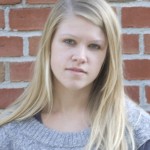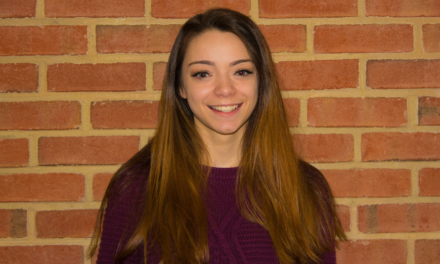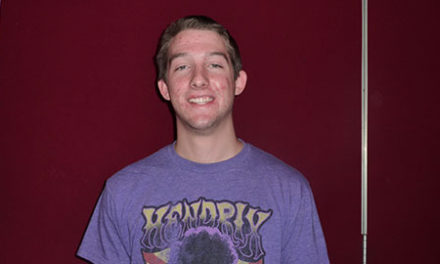By Merete Aanes (Staff Writer)
Dan Brown’s newest book, The Lost Symbol, is a whirlwind of secret clues and hidden locations.
If you liked his two previous novels, The Da Vinci Code and Angels & Demons, you will like The Lost Symbol.
However, if you have not read any of Brown’s other books, The Da Vinci Code will probably be a better choice before you launch into the sometimes tedious details of The Lost Symbol.
Although the plot is exciting, the story is often clouded with mind-numbing details about Masonic history and Washington D.C. architecture.
The Lost Symbol is Brown’s third book featuring Harvard symbologist professor Robert Langdon.
The story begins when Langdon gets a phone call from his lifelong friend Peter Solomon asking him to hold a last minute lecture in the U.S. Capitol building.
When Langdon arrives, he finds something belonging to Solomon, the “Hand of the Mysteries,†on the floor of the building, engraved with old Masonic symbols.
Langdon realizes that Solomon has been kidnapped, and the only way he can save him is by solving an old legend and finding the Masonic Pyramid, which contains the power of transformation.
Langdon thinks this is impossible because he believes the Masonic Pyramid is only a myth.
While the story does not mesmerize the reader as The Da Vinci Code did, it captures the reader’s attention and keeps him or her entertained for many hours with twists and secrets.
The Lost Symbol lets the reader in on “secrets†about Washington D.C., and hidden clues carved within the city’s architecture. Many of the government buildings have Masonic engravings made by the Founding Fathers when the capitol was built.
The villain in this story is called Mal’akh, who thinks the Masonic brotherhood is hiding a secret. He believes the secret has the power to change the world if it becomes unveiled.
Although not as great as The Da Vinci Code, The Lost Symbol is a great read if you are intrigued by conspiracy theories, ancient secrets and the Masonic brotherhood.






